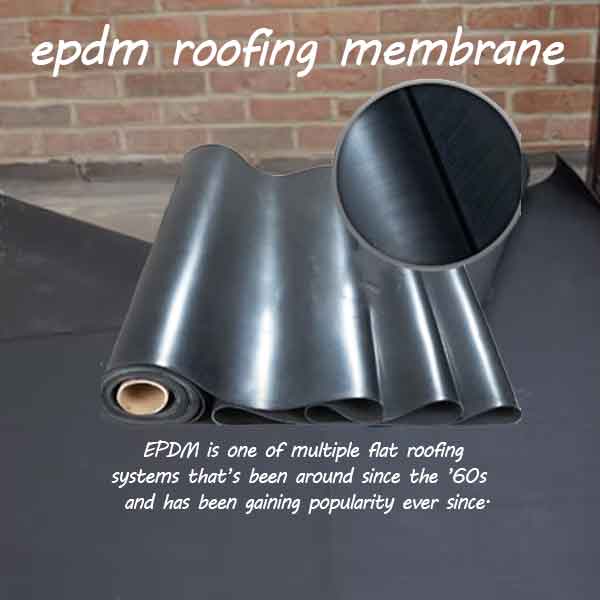What Is EPDM Roofing?
EPDM roofing, also known as rubber roofing, is made of natural gas and oil, in addition to synthetic materials. EPDM is one of multiple flat roofing systems that’s been around since the ’60s and has been gaining popularity ever since. According to the EPDM Roofing Association, there’s more than 20 billion square feet of EPDM roofing installed worldwide.
Rubber roofs are a top choice among business owners, especially considering it’s best suited for commercial buildings with low-slope roofs. The synthetic membranes of EPDM roofs are versatile and offer buyers options that suit their building’s needs. EPDM is available in black or white and has a variation of thickness—45 mil, 60 mil, 75 mil, and 90 mil.
Attributes of a rubber roofing system include:
High Durability
When EPDM roofing is installed properly and routinely maintained thereafter, it lasts up to 50 years. Also, it isn’t easily penetrable by hail—ice pellets bounce off of its rubber surface. For buildings located in storm-heavy regions, a thicker membrane, either 75 mil or 90 mil, is recommended. Most importantly, EPDM is Class A fire resistant, giving property owners greater peace of mind.
Energy Efficient
EPDM is available in black or white. The black option is great for colder regions, since the dark surface absorbs heat and keeps the building warmer during the winter. Buyers located in hotter regions should select the white EPDM system. Since the surface is so light, it reflects UV rays back into the environment, keeping the building cooler during the summer. Since an EPDM roof helps control the climate of the building naturally, it leads to lower heating and cooling costs.
Those who invest in EPDM roofing can enjoy its reduced need for maintenance too. Leaks are rare for rubber roofing, especially if the membrane is thicker or if the roof is ballasted (secured with gravel material). This durability helps building owners save on maintenance costs since EPDM isn’t easily damaged. Buyers save money in the long run as well because of its strength—EPDM outlasts many other roofing systems.
EPDM Withstands Extreme Weather
EPDM rubber roofing is highly regarded for its strength and flexibility. EPDM roofing material withstands temperatures as low as -49 degrees Fahrenheit and up to 240 degrees Fahrenheit. Regular roofs typically suffer from thermal shock if they’re not vented properly. Thermal shock is the constant expansion and contraction of the roof’s surface due to temperature changes from season to season. But even in the bitter cold or blazing heat, EPDM won’t soon experience degradation.
Quick and Convenient Installation
Rubber roofing is lightweight, unlike other options that can be heavy and cumbersome. EPDM is manufactured in large sheets or rolls, which cover more area in a shorter amount of time. Also, rubber roofing rolls are available in a range of widths from 10 to 100 feet, which aids in a quicker, easier installation process.
